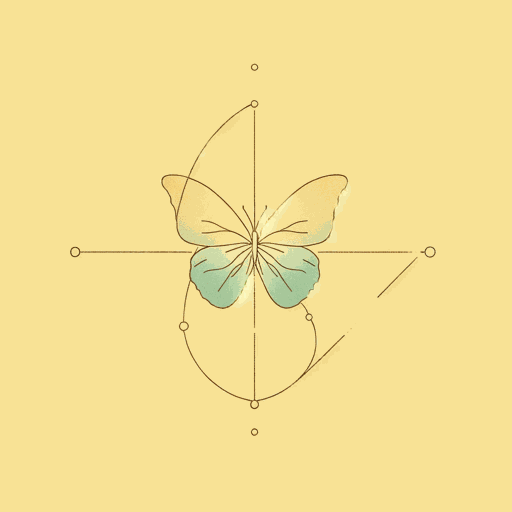53 pages • 1 hour read
James GleickChaos: Making a New Science
Nonfiction | Book | Adult | Published in 1987A modern alternative to SparkNotes and CliffsNotes, SuperSummary offers high-quality Study Guides with detailed chapter summaries and analysis of major themes, characters, and more.
Themes
Chaos: The Science of Subversion
According to scientists who pioneered the field, and Gleick, who chronicles their discoveries, chaos science was revolutionary. Its focus on dynamic systems, nonlinearity, and theories that embrace the irregular distinguished its work from that of established science. Chaos questioned the foundations of Newtonian science and Euclidean geometry, as well as the rigid divisions between academic disciplines that had flourished for decades. Instead of breaking down a scientific or mathematical problem into its component parts, chaos scientists were looking for how whole systems worked, in particular dynamic systems whose defining qualities were complexity and motion. When Gleick was writing Chaos in the mid-1980s, this new science was already “reshaping the fabric of the scientific establishment” (4). Significantly, the contributions of chaos to the scientific community continue to be numerous and meaningful, challenging conventional notions of how the natural world and the universe function.
From the beginning, the author establishes that chaos science was something new: “Where chaos begins, classical science stops” (3). He reviews how scientists from several different fields began to examine “the irregular side of nature, the discontinuous and erratic side,” noting that previously “these have been puzzles to science, or worse, monstrosities” (3). In contrast, chaos theory welcomed these confounding puzzle pieces, partly because it was invested in examining entire phenomena rather than disparate elements.
Featured Collections
Animals in Literature
View Collection
Appearance Versus Reality
View Collection
Business & Economics
View Collection
Health & Medicine
View Collection
National Book Awards Winners & Finalists
View Collection
Order & Chaos
View Collection
Philosophy, Logic, & Ethics
View Collection
Pulitzer Prize Fiction Awardees &...
View Collection
Science & Nature
View Collection

